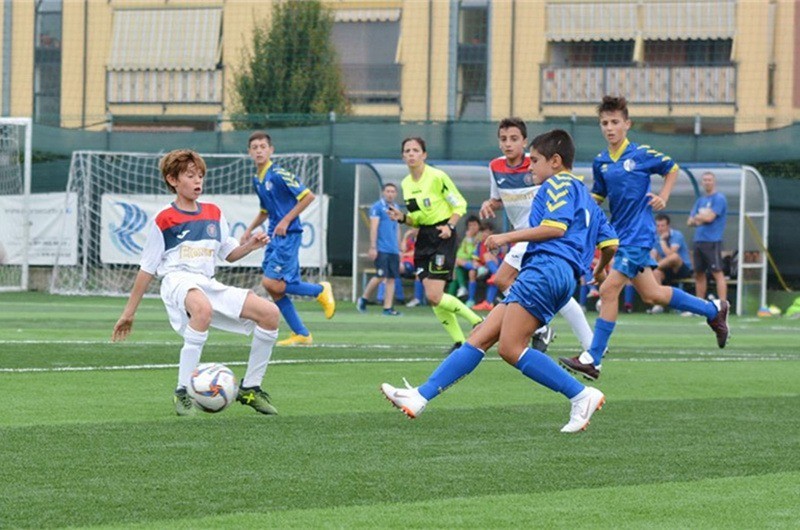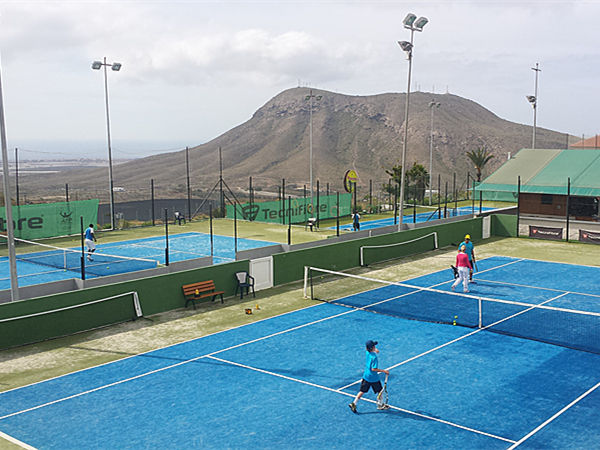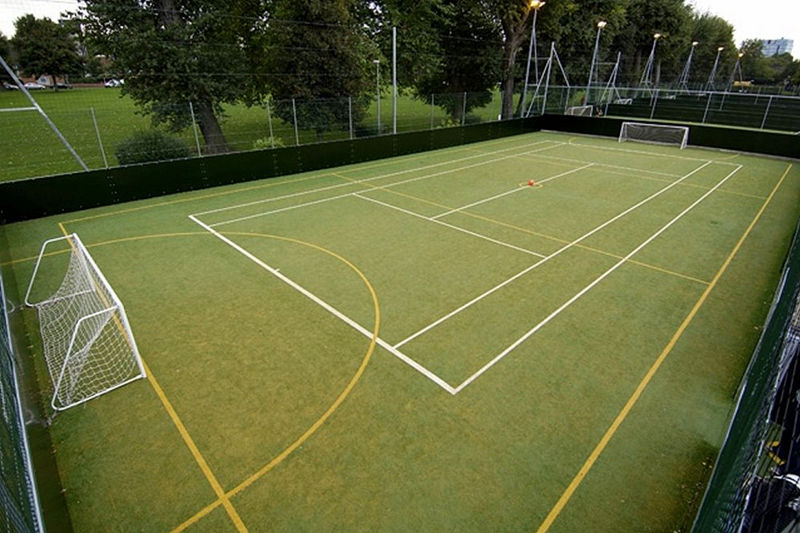Synthetic football grass has undergone significant advancements in technology, transforming it into a superior choice compared to natural grass. In this article, we will explore the numerous benefits of synthetic football grass, including enhanced quality, improved safety, longevity, year-round usability, minimal maintenance, and customizable aesthetics. These advantages make synthetic football grass a compelling option for sports fields.
Table of Contents
Section 1: Enhanced Quality and Safety
- Synthetic football grass closely resembles and feels like real grass, providing a natural playing surface.
- Recent advancements in synthetic grass have significantly reduced injury rates, making it a safer option for athletes.
Section 2: Longevity and Cost-effectiveness
- Properly installed synthetic grass fields can last over six years, surpassing the lifespan of natural grass fields that require regular maintenance.
- While the initial setup costs of artificial turf may be higher, the long-term savings from reduced maintenance expenses are substantial.
Section 3: Year-round Usability
- Natural grass fields deteriorate during winter, becoming hard and brittle and increasing the risk of injuries.
- Synthetic football grass, with its rubber pellet cushioning, ensures a player-friendly surface that remains usable in all weather conditions.
Section 4: Minimal Maintenance and Resource Conservation
- Natural grass fields demand constant watering, fertilization, and mowing, incurring expenses and straining water resources.
- Artificial football turf eliminates the need for extensive maintenance, reducing costs and conserving resources.
Section 5: Customizability and Aesthetics
- Synthetic football turf offers flexibility in size, dimension, color, and design, allowing for custom field creations.
- The vibrant and colored permanent lines and logos on artificial turf enhance the visual appeal of the field.
Conclusion:
The advancements in synthetic football grass have revolutionized the playing experience for athletes. With its enhanced quality, improved safety, longevity, year-round usability, minimal maintenance requirements, and customizable aesthetics, synthetic football grass surpasses natural grass in multiple aspects. Choosing synthetic turf enables sports facilities to provide a high-performance playing surface while achieving cost savings and environmental sustainability.



